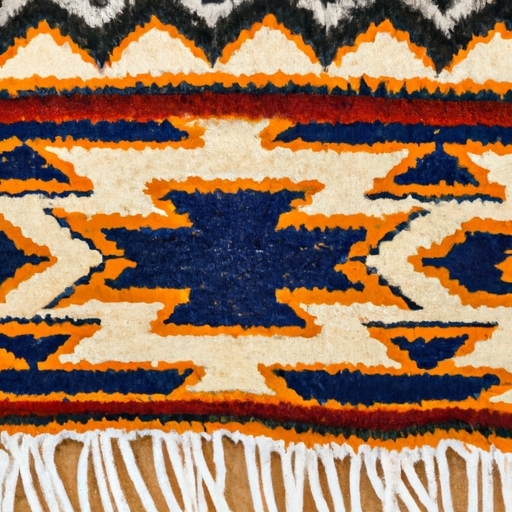
Overview of the Southwest Style and Design Elements
vintage old southwestern carpets
The history and origins of southwestern carpet designs are fascinating, as they showcase the rich cultural heritage and artistic traditions of the American Southwest. These vintage old southwestern carpets carry a unique charm and character that captivate collectors and enthusiasts alike.
The roots of this distinct form of carpet design can be traced back to indigenous tribes such as the Navajo, Hopi, and Pueblo peoples. Their deep connection with nature is evident in the intricate patterns and vibrant colors that adorn these rugs. Each design tells a story or represents a sacred symbol, making them not just beautiful floor coverings but also meaningful pieces of art.
To truly appreciate the beauty of vintage old southwestern carpets, one must understand their traditional production methods. The weavers meticulously handcraft these carpets using techniques passed down through generations. They use looms to interlace various colored threads, creating stunning geometric patterns that exude both precision and creativity.
While it may seem unlikely for such ancient art forms to survive in modern times, there has been a resurgence of interest in southwestern carpet designs. Collectors from around the world seek out these vintage gems to add warmth and authenticity to their homes. Interior designers often incorporate them into contemporary spaces for an eclectic touch that blends past and present seamlessly.
However, amidst the growing popularity, it's important to acknowledge the challenges faced by indigenous communities who have preserved these time-honored practices. Economic pressures, globalization, and cultural appropriation threaten the continuation of traditional weaving techniques. Efforts must be made to support these artisans by promoting fair trade practices and respecting their cultural ownership.
In conclusion, vintage old southwestern carpets hold a significant place in both history and contemporary design. Their captivating beauty transcends time while honoring the ancestral cultures that birthed them. By appreciating their origins and supporting those who keep these traditions alive, we ensure that this unique art form continues to thrive for generations to come - an enduring testament to human creativity and craftsmanship.